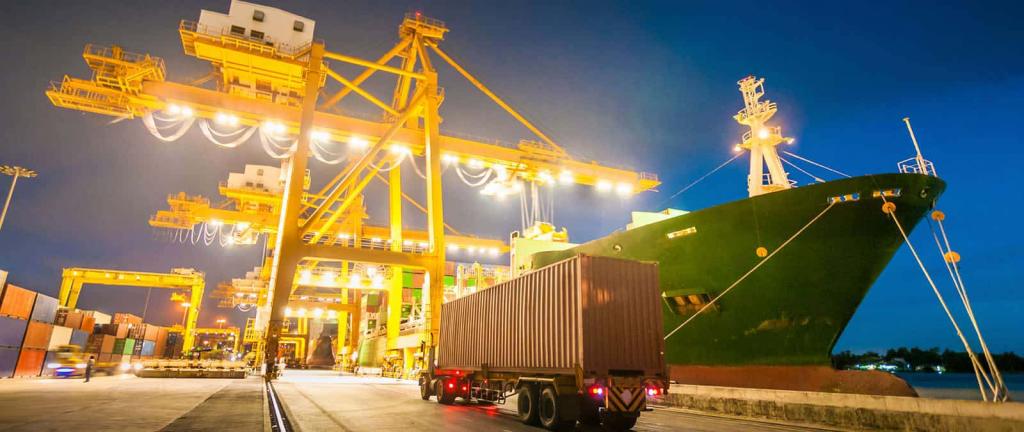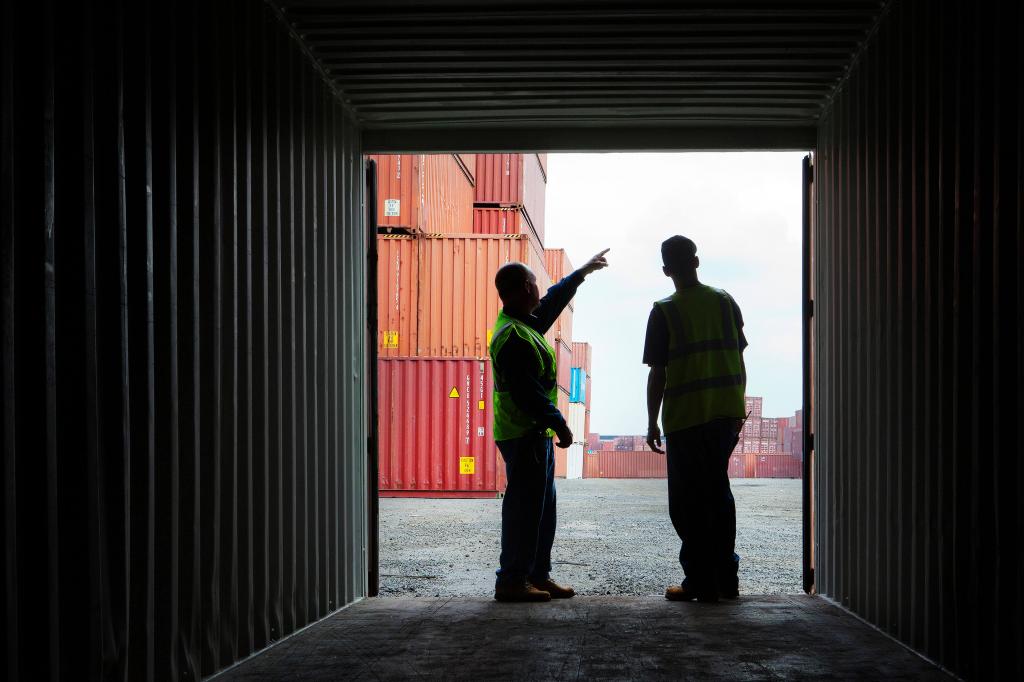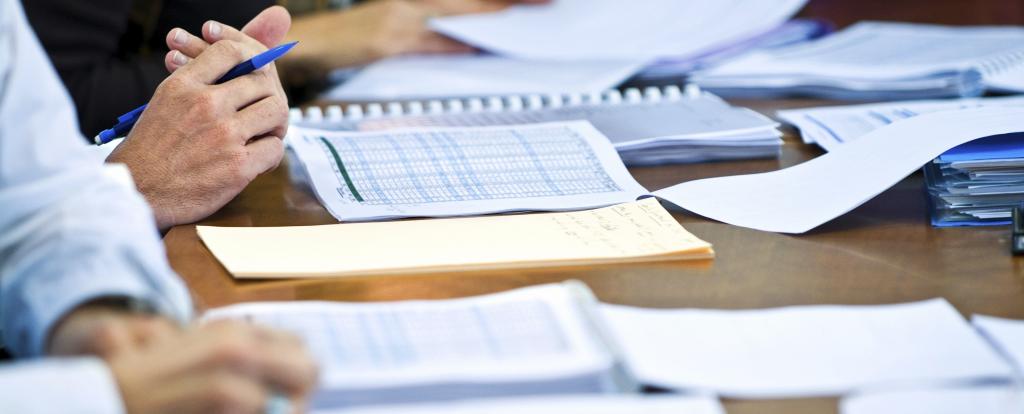Customs export procedure is one of the most common regimes. Income from it is included in the country's budget. As the volume of trade abroad increases, the work of customs also increases. Therefore, this information is relevant.

The essence of export and balance
The part of the balance of payments where export data is indicated is considered the trade balance. If exports exceed imports, they speak of a positive balance, which is also called active. Otherwise, the balance is negative, or passive.
In our country, a positive trade balance. Various factors influence its attitude to deficit or surplus, which are determined by the situation in the world, features of the nature of business relations, as well as the specific gravity and characteristics of the main balance sheet items. Natural resources, which are actively transported abroad, are mainly exported from Russia. According to statistics, export in this segment is only growing from year to year.
Under the customs procedure of export, goods are exported outside the EAEU and are used for permanent residence outside this territory. The peculiarity of export, which distinguishes it from other customs regimes related to export, is the final export.
Responsibility for non-compliance with the requirements and conditions of the relevant procedure lies with the declarant.
Simplified Export Terms
Persons who have placed the goods under the procedure of temporary export or processing outside the customs territory may subsequently choose export subject to the established conditions. So, the declarant must pay export duties. A corresponding need arises from the moment of registration.
The following conditions allow you to place the goods for export in a simplified manner:
- Reduction and installation of a complete list of documents for placement under the appropriate procedure of goods that are exempted from export payments.
- Reducing the time for issuing a permit to release goods (which are exempted from export payments) to 4 hours.
- Refusal to submit data on the cost of relevant goods.
- Establishing a separate tax rate for customs operations that are independent of the price of goods.

Tax exemption and scammers
The export customs procedure begins on the day the goods are released and ends when it is actually exported outside the EAEU. When exporting goods and services provided for by the Tax Code, exemption from VAT and excise taxes occurs. Also, upon the loss of goods, the enterprise has the right to receive compensation for taxation at a rate of 0%.
Scammers often try to take advantage of this. For this purpose, the goods are declared for export, relevant documents are sent to the inspection, including a request to refund the amount of VAT.But in fact, the goods can be exported only for a certain time or not sent abroad at all. Such actions are punishable by the Criminal Code as crimes. They undermine the basic principles of the country's functioning by reducing income, disrupting the implementation of social protection measures, paying salaries to state employees, and so on.
customs control
When placing goods under the customs export procedure, the customs authorities are entitled to exercise control. It is understood as measures, including the application of a risk management system to ensure compliance with the laws of the EAEU and each state individually. When conducting control, customs officers are guided by the principle of selectivity and are limited only to those forms that are sufficient to comply with the law. In this case, a risk management system is used (briefly RMS), which allows you to:
- Focus on the most important work areas and ensure the best use of resources.
- To successfully identify and predict violations of the law.
- Create favorable conditions for those participants in foreign economic activity who comply with customs legislation.
- Increase the speed of movement of goods and vehicles through customs.

The concept of restrictions and prohibitions
A room under the customs procedure for exporting goods may be carried out only subject to the restrictions and prohibitions that apply during the registration period. Restrictions and prohibitions - these are measures that are used with respect to goods transported across the border, affecting foreign trade, export control, technical regulation, veterinary, sanitary and epidemiological, quarantine, phytosanitary requirements, which are established by treaties of countries that are members of the EAEU, as well as decisions of the CCC .
Export Definition
The export customs procedure is allowed subject to strict compliance with the requirements established by law. Export is possible only upon payment of export duties and other payments, if any.
Exported goods are those that are exported from the country. Thus, export is the export of things abroad, both intended for external trade operations, and belonging to passengers traveling abroad. These goods may be subject to violations, starting from presenting them at customs and ending with export.

Non-tariff regulation measures
The export customs procedure provides for the following non-tariff regulation measures:
- Quantity limits. These include prohibitions and restrictions in order to prevent or reduce the shortage of relevant goods on the domestic market, as well as those that are important for this market.
- Certain types of goods are exported under a license.
- For certain goods, customs supervision is established.
Measures related to foreign trade operations are introduced if they:
- Needed to comply with the rule of law or morality.
- To protect the health and life of citizens, as well as the environment.
- We are talking about gold or silver objects.
- The protection of cultural heritage and values must be ensured.
- To prevent the exhaustion of natural resources.
- To provide enough materials for the manufacturing industry, when the price is kept at a lower mark in comparison with the situation in the world; to stabilize or purchase and distribution of goods in case of shortage.
- Needed to fulfill international obligations.
- To ensure compliance with international legal acts.

Special prohibitions and restrictions
As part of the customs export procedure, there are also special prohibitions and restrictions. For example, foreign trade may be limited to measures that are necessary for the participation of countries in international sanctions in accordance with the UN Charter.In addition to these measures, restrictions are established on the quantity of goods within the EAEU.
So, goods exported in the customs procedure of export are included in a single list to which restrictions or prohibitions on import or export by states that are members of the EAEU apply. A single list is approved by the Commission. The following items are prohibited for export:
- Information on various information carriers that are prohibited for import into the territory of the customs union.
- Timber, waste paper, cardboard.
- Weapons for civilian and official use, as well as its parts and cartridges.
The following items are limited for export:
- Hazardous waste that is limited to transportation through customs.
- Collectibles related to paleontology and mineralogy.
- Medicinal plants, seeds and wild fruits.
- Living wild animals and individual plants.
- Representatives of wild flora and fauna that are endangered in accordance with the Convention on Trade in Certain Species of Flora and Wild Fauna.
- Rare species of wild animals and plants, as well as their parts and derivatives.
- Metals and stones related to precious.
- Metals, waste and scrap related to precious, ores and concentrates, raw materials containing these metals.
- Separate minerals, such as topaz or amethyst.
- Drugs, psychotropic drugs and their precursors, the movement of which is carried out on the basis of a license.
- Special technical equipment for secret information.
- Cultural values, documentary evidence of archives.
- Human tissues and organs, blood and its components.
- Weapons intended for official and civilian use, including its individual parts and cartridges.
- Information about the subsoil.
Thus, the conditions for placing goods under the customs procedure of export include compliance with current restrictions and prohibitions applicable to the export of certain types of goods. It is in connection with this that the organization of customs control is necessary.

Forms of control
We have already mentioned above that customs control serves as the main direction ensuring the fulfillment of the requirements of external economic regulation, as well as the protection of economic interests within the country. But what forms of control are customs officers entitled to apply:
- Verification of information and documents, a system of accounting for goods and reporting.
- Inspection, inspection, observation, verification of markings with identification marks of distinction, inspection of premises, personal inspection, accounting of goods.
- Interviewing verbally.
- Getting an explanation.
Risk management system
RMS was introduced only in 2003. It defines the main aspects of control and risk management system. The introduction of new principles contributed to the improvement of the export customs procedure, which positively affected the economic situation of customs and the state as a whole. The use of a risk minimization mechanism increased the flow of customs payments to the country's budget.
The goals for using this system include the following:
- Ensuring customs protection of national security, as well as human health and life, environmental protection.
- Focusing on high-risk areas and ensuring optimal use of resources.
- The identification, prognosis and prevention of violations of the current legislation, which are most common, are associated with evasion of customs payments, which undermine the EAEU competition, and also accelerate the implementation of customs operations.
Customs authorities constantly collect, process and analyze relevant information in order to further improve their work.

Conclusion
Export is a very common procedure used at customs. The content of the export customs procedure is characterized by a number of features that distinguish it from other regimes, the main of which is the final export.On the one hand, there are conditions that simplify the procedure, and on the other hand, prohibitions and restrictions that complicate or make this process impossible.









